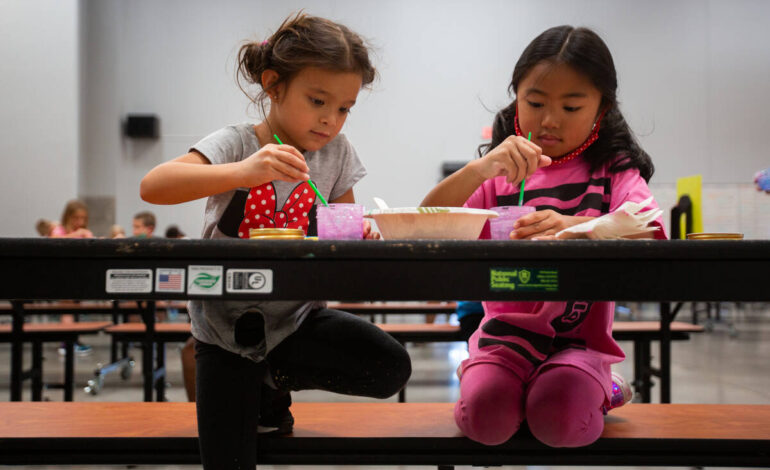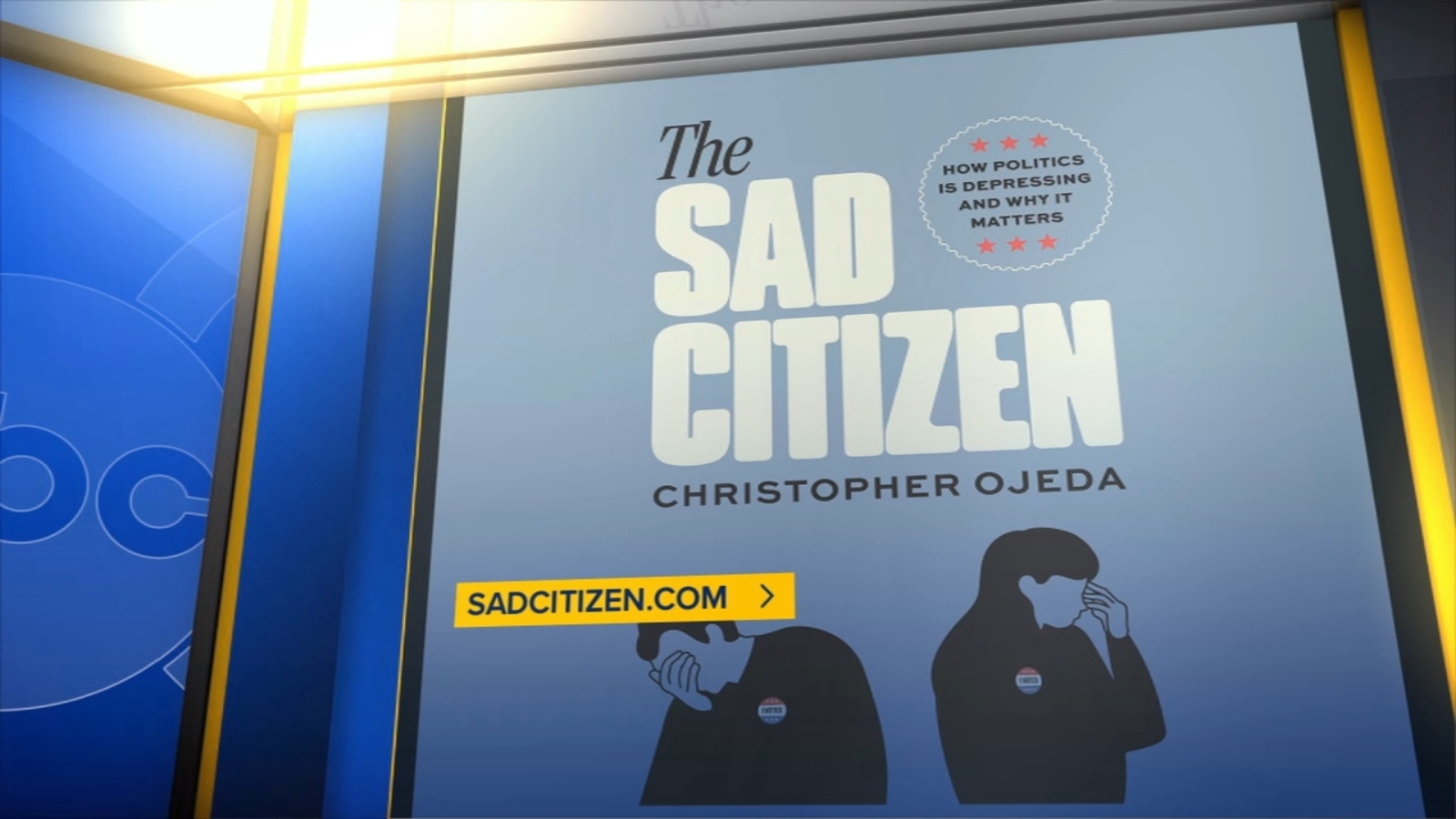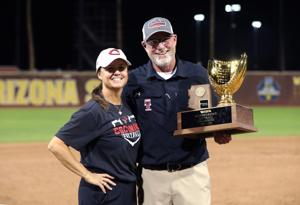Enrollment Decline in Clark County Reflects Growing School Choice Demand

Enrollment in the Clark County School District has dropped significantly as families increasingly seek alternatives to traditional public education. As the new school year begins, the district anticipates an enrollment of fewer than 286,000 students, marking a sharp decline from over 330,000 students in the 2018-19 school year. This year’s figures represent the lowest enrollment since the 2004-05 school year, despite a population increase in Clark County from 1.7 million in 2004 to over 2.4 million in 2024.
The Clark County School District is facing challenges that extend beyond national trends in birth rates. A significant factor contributing to the enrollment decline is the rise of charter schools, which are tuition-free public schools managed by independent organizations. These schools offer greater operational flexibility but are held to higher accountability standards. Underperforming charter schools can be shut down, in contrast to traditional public schools that rarely face closure due to poor performance.
The appeal of charter schools is evident in their performance. They consistently demonstrate better academic results compared to their traditional counterparts. From the 2019-20 school year to the 2024-25 school year, enrollment in Clark County charter schools surged by 26 percent. Last year alone, over 64,000 students opted for a charter school education, a number comparable to the enrollment figures of the Washoe County School District, the second-largest district in the state.
While charter schools are a growing choice for parents, they are not the only alternatives available. The data suggests a broader trend towards homeschooling and private education. According to the Institute for Education Policy at Johns Hopkins University, approximately 6 percent of children in Nevada were homeschooled during the 2023-24 school year, more than double the rate before the pandemic. Additionally, around 22,000 students attended private schools last year. When combined, these figures indicate that over 100,000 students in Nevada are receiving an education outside traditional public schools.
This significant shift in educational preferences should be recognized as a positive development in a state that has faced criticism for its educational outcomes. Families are prioritizing their children’s education, often at great personal cost in terms of time and finances, as they search for the best fit for their children.
In light of this growing demand for school choice, it would seem logical for Democratic legislators to reconsider their opposition to expanding educational options. Collaboration with Gov. Joe Lombardo could lead to a more diverse educational landscape that better serves the needs of families. Instead, many Democrats are advocating for new restrictions on charter schools, which may hinder progress in providing parents with more choices in their children’s education.
As this situation unfolds, the implications for the Clark County School District and Nevada’s education system will be closely watched. The trend towards school choice is reshaping the educational landscape, underscoring the importance of adaptability and responsiveness to families’ needs.






